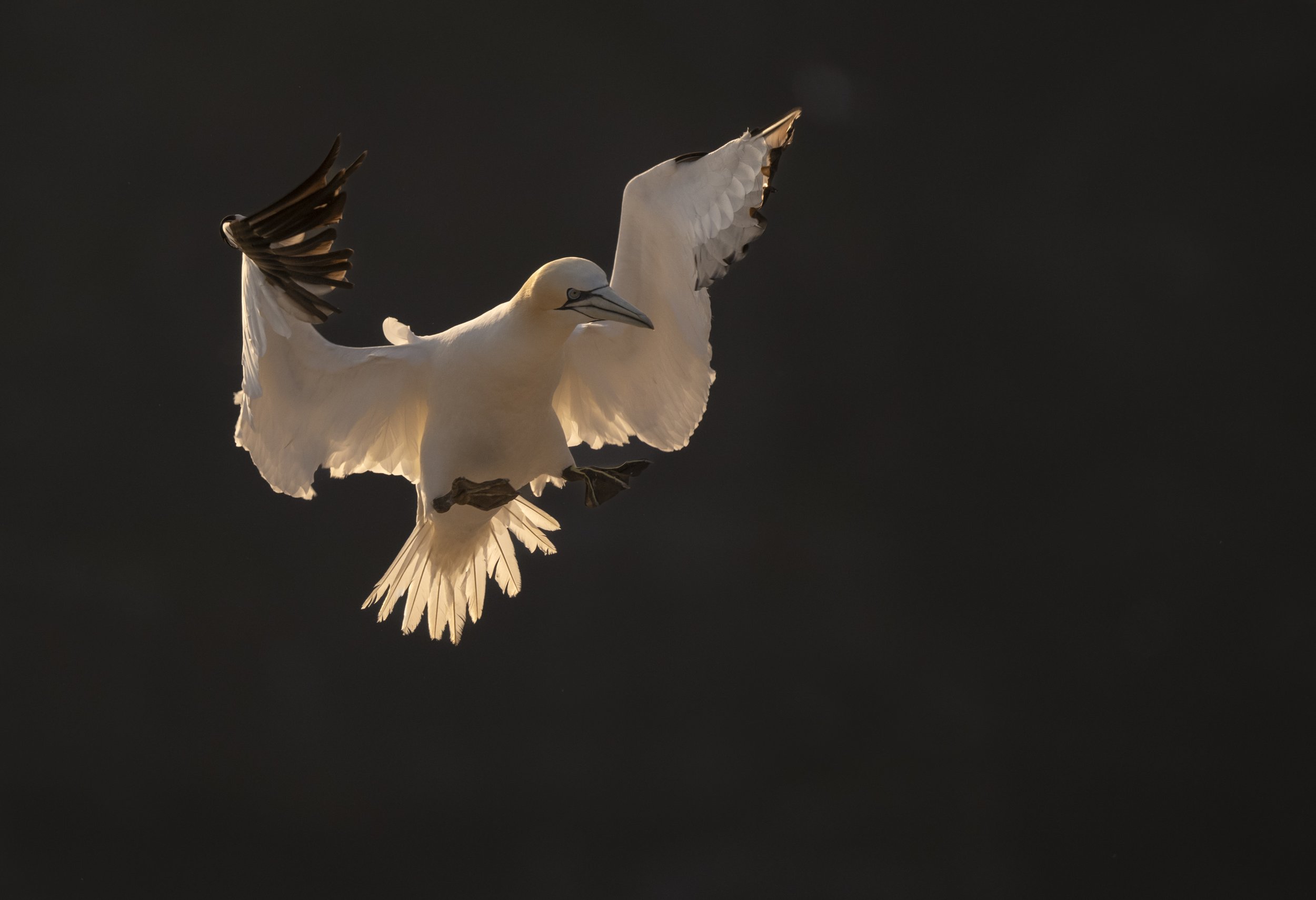Ten Wildlife Photography Tips For Beginners
Wildlife photography can be both exhilarating and challenging, especially for beginners. The thrill of capturing a sharp image of an animal you have always wanted to take will keep you returning for more. The tips in this article below will help you navigate the learning process.
Here are ten essential tips to help you get started:
Know Your Gear: Familiarize yourself with your camera equipment before heading out. Understand its settings, functions, and limitations. Learn how to adjust settings quickly, especially in changing wildlife scenarios. Practice in your backyard, go to the zoo, or maybe just sit in the local park. You want to build muscle memory and the kind of photos your gear produces in a variety of situations.
Research Your Subjects: Study the behaviour and habitat of the wildlife you intend to photograph. Knowing their habits and preferred locations can greatly increase your chances of capturing compelling shots. This can be done in the comfort of your sofa. Watch endless episodes on streaming services, read and learn from others who have done this before you, and for the adventurous, sign up for a photo workshop and spend time with a professional out in the field.
Patience is Key: Wildlife photography requires much patience. Be prepared to spend extended periods waiting for the perfect moment. Wildlife can be unpredictable, so stay calm and observant.
Use the Right Lens: Invest in a good telephoto lens to capture distant wildlife without disturbing them. A telephoto lens with a focal length of 200mm or more is ideal for wildlife photography, allowing you to capture detailed shots from a safe distance. 200mm would be the minimum focal length I would suggest. There are many economical choices with a focal range of 150-600mm, or 200-600mm that will give you far greater reach, and produce quality images.
Focus on the Eyes: In wildlife photography, the eyes are often the most captivating part of an animal's expression. Always aim to focus on the eyes to create engaging and emotive images. Keep in mind the depth of field when trying to ensure the entire animal is in focus. You will learn what is esthetically appealing to you by going out and practicing.
Shoot in RAW: RAW format retains more image data than JPEG, giving you greater flexibility in post-processing. This is particularly useful in wildlife photography, where lighting conditions can be challenging.
Consider Composition: Pay attention to composition when framing your shots. Use the rule of thirds, leading lines, and natural framing to create visually appealing images. Leave space in the frame for the animal to move into, giving a sense of direction and freedom.
Be Mindful of Light: Good lighting is crucial in photography. Shoot during the golden hours—early morning and late afternoon—when the light is soft and warm, casting beautiful shadows. Avoid harsh midday sunlight, which can wash out colours and create unflattering shadows.
Stay Ethical and Respectful: Always prioritize the well-being of the wildlife you're photographing. Respect their space and avoid disturbing their natural behaviour. Never bait or harass animals for the sake of a photo.
Practice and Experiment: Like any skill, wildlife photography takes practice to master. Experiment with different techniques, compositions, and settings to develop your own unique style. Don't be afraid to make mistakes; they're valuable learning opportunities.
Remember, wildlife photography is as much about the experience as it is about the final image. Enjoy being in nature and observing the beauty of the natural world while honing your photography skills.




